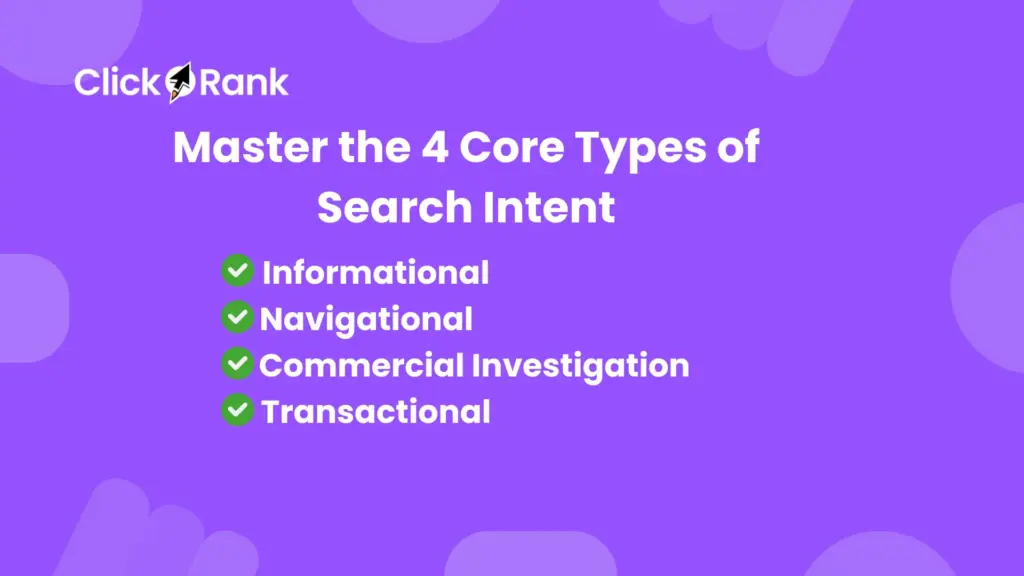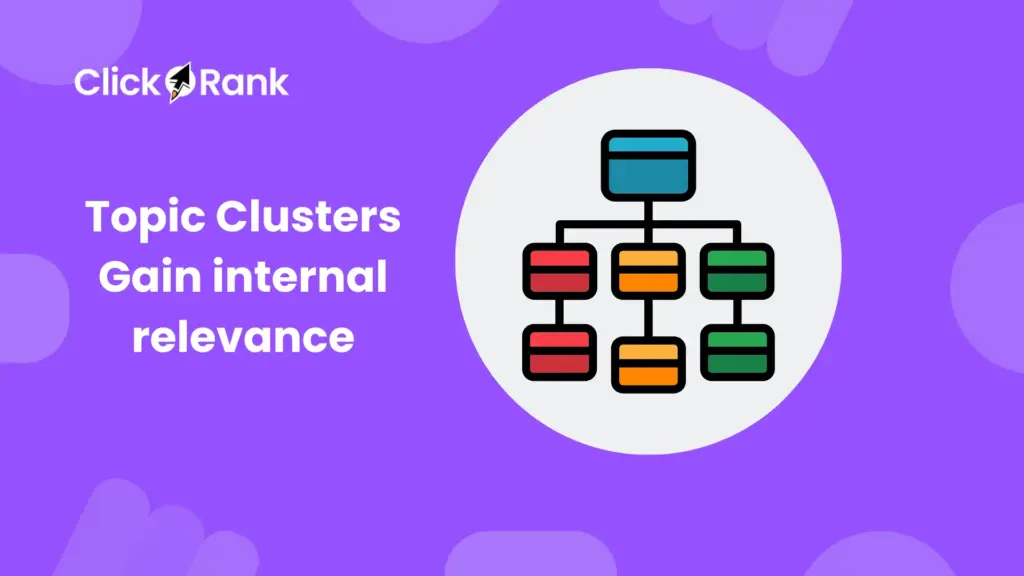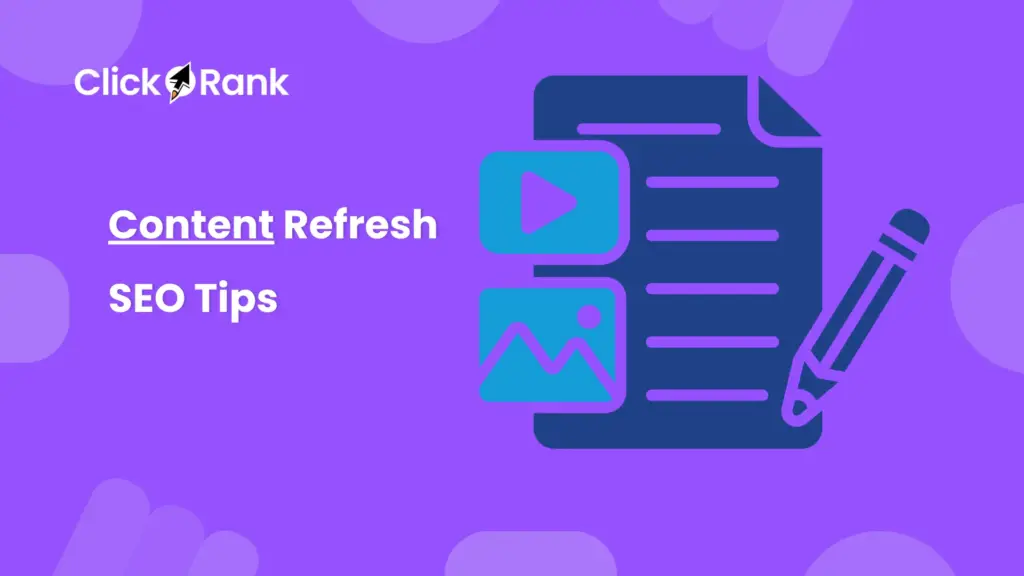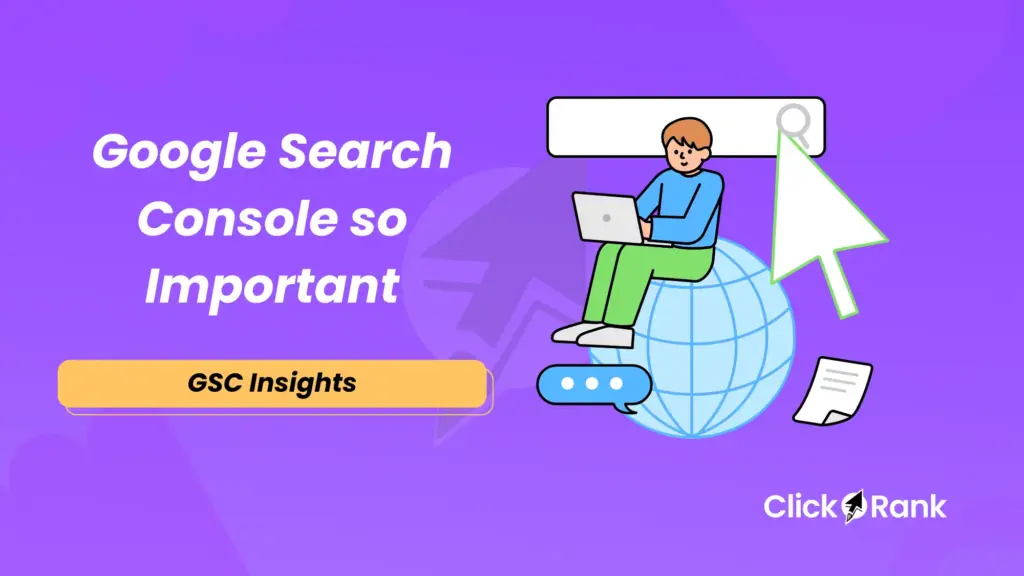Why Does Google Care About Search Intent?
I see so many websites struggling because their content just isn’t what the user was looking for. This mismatch is a massive SEO problem! Google’s number one job is to serve up the perfect answer to every Search Query, and if your page doesn’t match the user’s hidden User Intent, you’ll stay buried. That’s why at ClickRank, we focus on intent first—it’s the foundation of a successful Content Strategy, helping you save time by not writing content nobody wants.
What is Search Intent in Simple Terms?
Search Intent is the “why” behind a person’s Search Query—what action they hope to take or what information they need. It’s a core concept in Keyword Research. When I figure out that someone is looking to “buy” a product versus just “learn” about it, I can write the right kind of content, like a high-converting Product Description Writing piece or an informative Blog Post Writing guide. Simple, right?
How Intent Directly Increases Relevance and Ranking Power
Matching intent is the fastest path to relevance because it tells Google that your page offers maximum Value Proposition. When a user types something, and your page perfectly satisfies their need, you earn a high Click-Through Rate (CTR) and low bounce rate, which are powerful Ranking Factors. Honestly, it makes me so happy when I see a page shoot up the rankings just by fixing this one thing! This is key to building Topic Authority and earning better SEO Performance.
Understanding the Cost of Content-Intent Mismatch
The cost of a mismatch is heartbreaking: a huge waste of effort! If a user is in the Funnel Stage Content ready to buy (like a Transactional Intent), and I give them a huge academic essay, they will bounce immediately, increasing the time and money spent on Content Optimization. This shows Google your page is low-quality, crippling your potential to rank, which is why ClickRank’s Smart Recommendations prioritize intent fixes.
The 4 Core Types of Search Intent You Must Master
To build a flawless Content Strategy, you must know the four categories of Query Classification. I find that thinking about them in terms of the Customer Journey makes them so much easier to understand!

Informational Intent: The ‘Know’ Stage Content
This is the most common type, where the user just wants to know something—like “What are the best types of coffee beans?” They aren’t ready to buy; they are in the early Awareness stage. We target this with Content Pillars like detailed guides and tutorials, often using Long-Tail Keywords and E-E-A-T principles.
Navigational Intent: Finding a Specific Digital Destination
This intent is super direct: the user is trying to find a specific website or page, like typing “ClickRank login” or “Amazon.” This usually involves brand or site-specific Search Query terms. Our goal here is mainly Technical SEO Writing and making sure the site structure (via Canonical Tags or Sitemap) is perfect, so bots and users get to the right place quickly.
Commercial Investigation Intent: Researching Before Buying
Oh, this is a great intent! The user is researching products and services but hasn’t made a final decision—they are in the Consideration phase, asking things like “Best SEO tool comparison” or “ClickRank vs. SEMrush review.” My SEO Content Writing focuses on honest reviews, comparisons, and strong Value Proposition statements to guide them closer to a purchase.
Transactional Intent: The Ultimate ‘Buy Now’ Action
This is the money-making intent! The user is ready to act—to buy, sign up, or download. Search Query examples include “buy SEO audit tool” or “ClickRank free trial.” Our content here must be high-converting Landing Page Copywriting or Sales Copywriting with a very clear Call to Action (CTA), driving straight to the desired outcome.
Matching Intent to SEO Writing Types: The Content Funnel
This is where all our hard work comes together! We need to stop writing a generic Blog Post Writing piece for every keyword and start perfectly aligning our Content Format with the user’s journey.
Writing for Informational Intent: Expert Guides and Tutorials (Awareness)
For Informational Intent, I create content that establishes me as an expert, focusing on in-depth answers. I use a helpful, teaching tone in my SEO Content Writing for long-form guides, “how-to” articles, and detailed FAQs. The main goal is to build Trustworthiness and earn high-quality backlinks, focusing on Content Clusters around core themes.
Writing for Commercial Intent: Unbiased Reviews and Comparison Posts (Consideration)
When I target Commercial Investigation Intent, my content must feel trustworthy and balanced. I write comparison Blog Post Writing pieces and in-depth product reviews, highlighting a clear Unique Selling Proposition (USP) for the recommended solution. This is about subtly persuading the Target Audience with facts and honest insights, connecting all my Content Pillars.
Writing for Transactional Intent: High-Converting Product Pages (Decision)
For Transactional Intent, I switch into laser-focused mode. This is where I use powerful Landing Page Copywriting and short, punchy Product Description Writing that emphasizes the immediate benefit and value. My focus is entirely on Conversion Rate Optimization (CRO), making the Call to Action (CTA) unmissable.
Mapping Content Formats to the User Journey Stages
I truly believe that the right Content Format at the right stage is what makes content rank and convert!
- Awareness/Informational: Blog posts, E-books, Infographics.
- Consideration/Commercial: Reviews, Comparison tables, Case studies.
- Decision/Transactional: Product pages, Pricing pages, Demo requests.
By mapping content this way, I’m not just guessing; I’m serving the Buyer Persona exactly what they need at every step.
How to Find the True Intent Behind Any Keyword
No guesswork here! I always use a practical, data-driven approach to nail User Intent. If you want your SEO Content Writing to rank, you have to do your homework.
The Ultimate Check: Analyzing the Current Top-Ranking SERP Results
The quickest way I find the true intent is by performing a SERP Analysis! I search the target term and look at the first page of Google. Are the results mostly product pages? The intent is probably Transactional Intent. Are they all “Ultimate Guides”? Then it’s likely Informational Intent. Google literally tells me what the correct intent is by what it chooses to rank, saving me a ton of time on a potential Content-Intent Mismatch.
Using Keyword Tools to Reveal Intent Signals
Smart Keyword Research tools now often include features to guess Query Classification or intent. I use these to check for common Keyword Modifiers like “best,” “review,” “buy,” “price,” or “how to.” These little words are massive intent signals and are key to building out my Content Strategy and finding perfect Long-Tail Keywords.
Leveraging ‘People Also Ask’ (PAA) for Secondary Intent Discovery
The “People Also Ask” (PAA) boxes are a goldmine for understanding not only the primary intent but also secondary questions users have. I love using this! It helps me add semantically rich content that builds Topic Authority and naturally integrates related Search Query variations, ensuring my page is helpful for every possible angle.
Troubleshooting: Fixing Content That Fails the Intent Test
It’s okay if a page fails to rank sometimes—that’s just part of SEO Performance. The confident thing to do is to quickly diagnose and fix the intent issue. ClickRank’s Audit feature is a lifesaver here, pointing out exactly where the content is misaligned.
Diagnosing Low Dwell Time and High Bounce Rates
If a page has a super low average time on page or a crazy high bounce rate, it’s a massive red flag that I have an Content-Intent Mismatch. The user landed on the page and realized it wasn’t what they wanted, so they hit the back button fast! I use this data from Google Search Console to figure out if I need to completely rewrite a Blog Post Writing piece or update my Target Audience focus.
Updating ‘Informational’ Pages to Serve ‘Commercial’ Intent
I’ve had to do this many times! If I see a content piece about “how to choose a running shoe” (purely Informational Intent) suddenly attracting highly commercial traffic, I need to act. I update the page to include product comparisons, link to relevant product pages, and add subtle Transactional Intent CTAs. This quickly optimizes the page for better Conversion Rate Optimization (CRO) without losing its initial value.
Using Google Search Console to Spot Intent Discrepancies
I treat Google Search Console as my direct line to Google. I look at which queries my page is ranking for, but not getting clicks on (low CTR). If the queries are Transactional Intent but my page is purely text-based and non-commercial, I know exactly what to fix. It’s the ultimate feedback loop for my Content Optimization process!
Final Step: Automate Your Intent Strategy!
You now know that perfectly matching Search Intent is the real secret to high SEO Performance. Don’t waste another second manually checking SERPs and guessing what your Target Audience wants! Run a free ClickRank Audit right now. See how our AI-powered tool instantly analyzes your content against the true intent of your keywords and uses One-Click Fixes to automate the most important optimizations. Start ranking smarter, not harder!
Frequently Asked Questions (FAQs)
I know how confusing this can be, so here are the most common questions about Search Intent and how to apply it to SEO Content Writing.
How Often Should I Check the Intent for My Target Keywords?
I recommend checking the SERP Analysis and underlying intent for your core keywords every 3 to 6 months, and immediately after any major Google Algorithm Updates. User Intent can slowly drift as the market and technology changes, so regular checks are a non-negotiable part of good Content Optimization.
Is it Okay to Combine Two Intents in One Piece of Content?
Yes, it is totally okay, but you must be careful! I always try to lead with the dominant intent (usually Informational Intent) and then carefully introduce the secondary intent (like a soft Commercial Investigation Intent) further down the page. The key is to satisfy the user’s primary need in the beginning and build to the secondary need later.
Does Search Intent Change Over Time for the Same Keyword?
Absolutely! Search Intent is fluid because user needs change. For example, a search for AI SEO might have been Informational Intent five years ago, but now it is likely Transactional Intent as people seek tools. This is why I stress continuous monitoring and Content Optimization—staying ahead of these shifts is a win!
How Do I Diagnose My Page When the Intent is Correct, But It Doesn't Rank?
If your Query Classification is perfect, I look at On-Page SEO and Technical SEO Writing elements next. Are your meta tags optimized? Is the page fast? Do you have strong E-A-T (Expertise, Authoritativeness, Trustworthiness) signals? If all that is right, I then look at Off-Page SEO factors like your backlink profile.
Which Schema Type Should I Use When Targeting Informational Intent?
When I'm focusing on Informational Intent, I typically use the FAQ Schema for question-based content, the How-To Schema for tutorials, or simply the Article Schema for general guides and blog posts. Using the right schema helps Google and other bots like Gemini understand the Content Structure and extract key facts!


